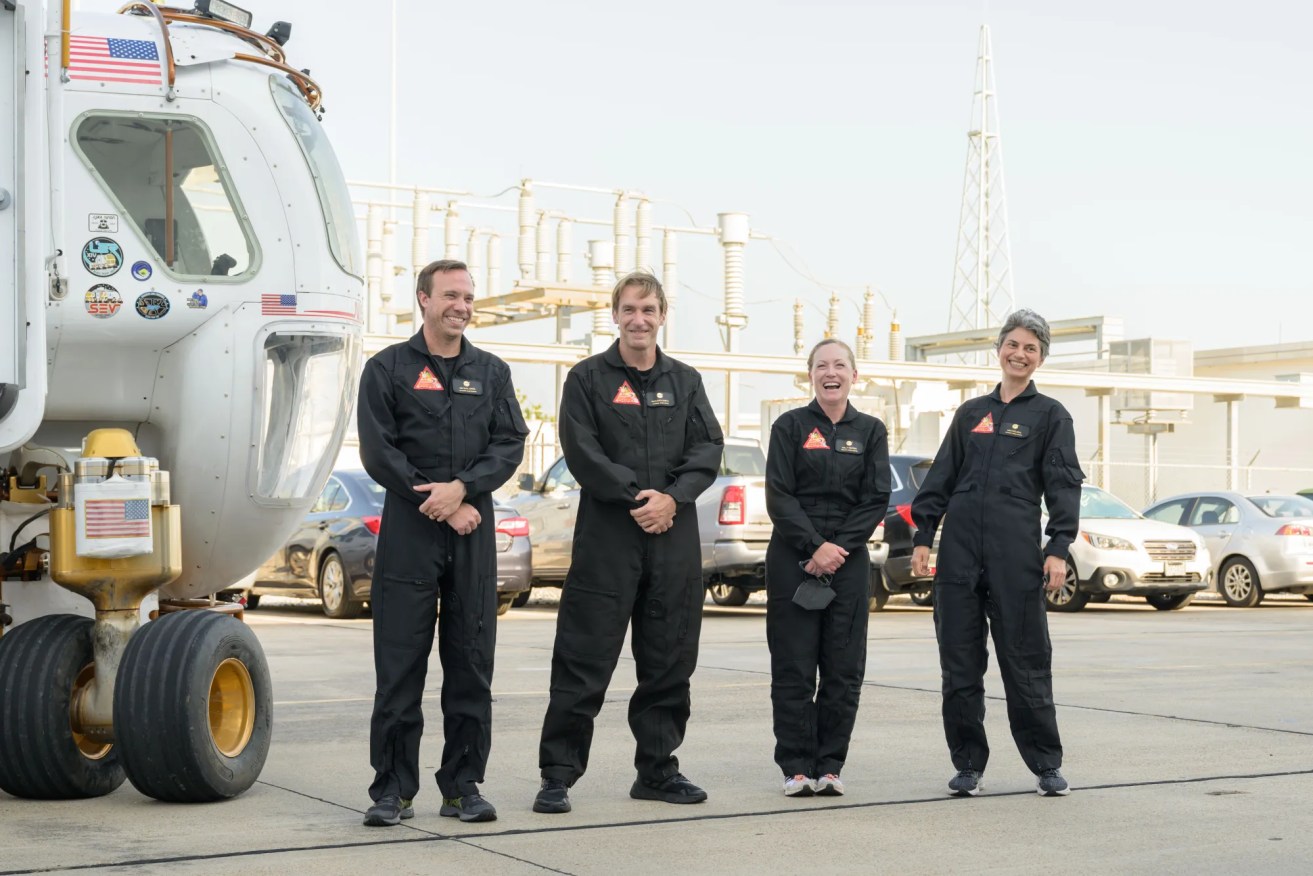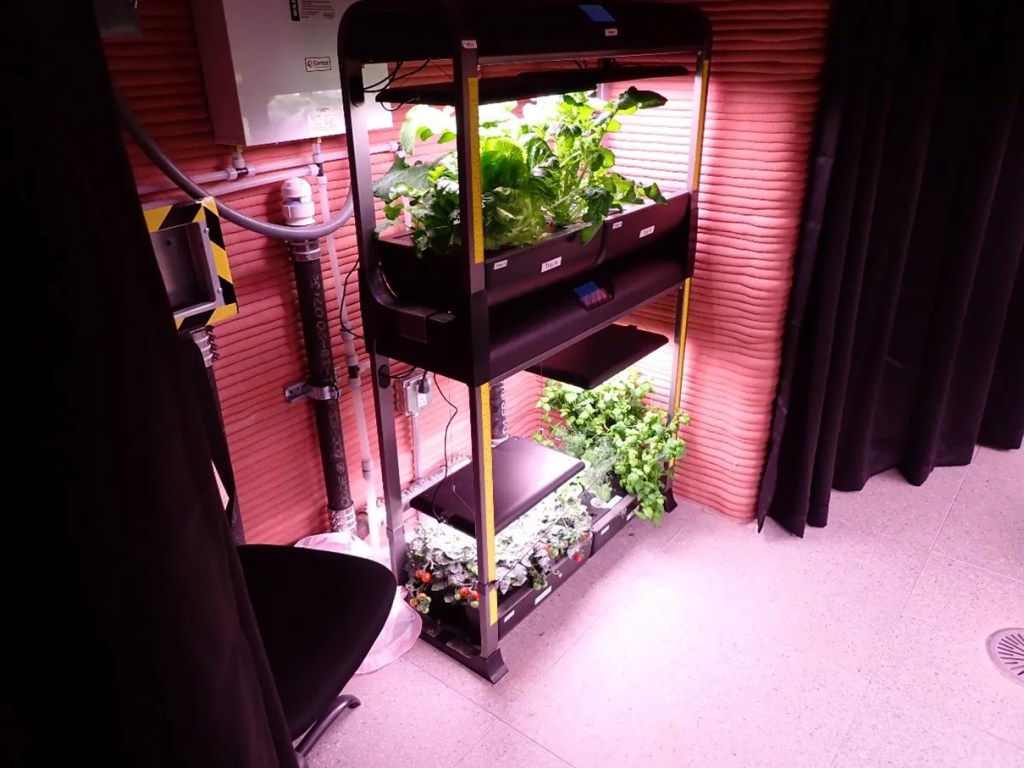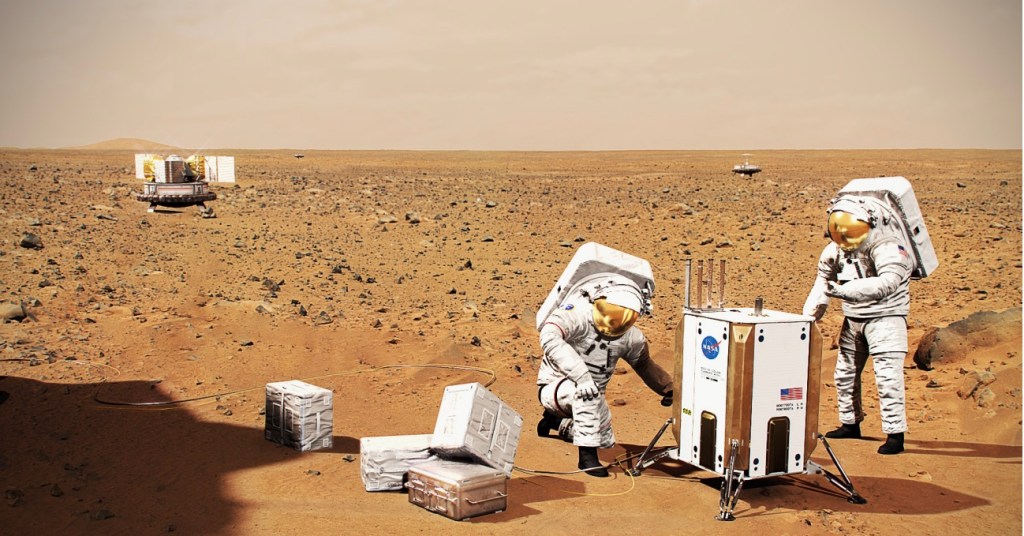NASA recruiting astronauts for a Mars mission close to home


NASA is seeking astronauts for an Earth-bound research mission. Photo: NASA
NASA has called for applications for a year-long mission to Mars with one proviso – it will be entirely simulated on Earth.
Starting in 2025, a four-person volunteer crew will live and work inside a 157.9-square-metre (1700 square feet) habitat within NASA’s Johnson Space Centre in Houston.
“The habitat, called the Mars Dune Alpha, simulates the challenges of a mission on Mars, including resource limitations, equipment failures, communication delays and other environmental stressors,” NASA said.
“Crew tasks include simulated spacewalks, robotic operations, habitat maintenance, exercise and crop growth.”
The American Space Agency is looking for “healthy, motivated US citizens or permanent residents who are non-smokers, 30 to 55 years old, and proficient in English”.
Going to Mars
The aim of the Crew Health and Performance Exploration Analog, or CHAPEA, is to recreate the conditions that astronauts will live under if there are ever ground missions to the red planet.
Humans walking on Mars has been a pipe dream in science fiction for decades, but NASA is now serious about making it a reality.
Another CHAPEA mission, also for a year, started in June.
The four-person team has even harvested its first set of crops within the habitat.

The missions explore the realities of living on Mars for astronauts. Photo: NASA/CHAPEA crew
A mission to Mars has a plethora of risks and challenges to overcome, even before arriving and despite the planet being considered the most habitable planet in the Solar System next to Earth.
There is only a small window every two years to launch a mission based on when Earth and Mars are at their closest, but even then it will take between 150 and 300 days of travel.
The physical and mental toll of lengthy exposure to spending time in space isn’t completely understood, but research from the International Space Station has shown that a year in space can cause all sorts of problems for humans.
Astronauts can suffer from muscle and bone-density loss, damage to eyesight and long-term impacts to organs.
The most pressing issue facing those travelling in space, however, is the radiation exposure.

A manned mission to Mars will create plenty of issues for astronauts to navigate. Photo: NASA
Upon arrival
Research from the University of Sydney has shown that humans can colonise Mars by 2050, on the condition that autonomous mining for water and fuel becomes viable.
Elon Musk has claimed that a city of one million Martians will exist within that time frame, but that still seems like a fantasy.
He previously claimed in 2011 that he would put a man on Mars within the next 10 years, with the worst-case scenario being “15 to 20 years”.
Tweet from @steinkobbe
NASA is currently planning on sending astronauts to Mars for just 30 days by the early 2040s, which would still be a 500-day round trip for the brave space travellers.
Mars’ gravity is one-third of what humans experience on Earth and NASA has suggested that astronauts could live in a pressurised rover during their time on the planet’s surface.
Supplies and hardware would be developed by previous unmanned missions, well before a team of four people – like those in the CHAPEA mission – arrive on the frontier.








